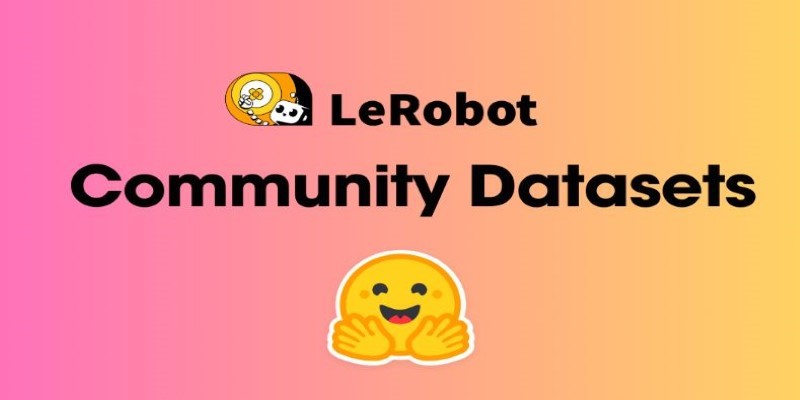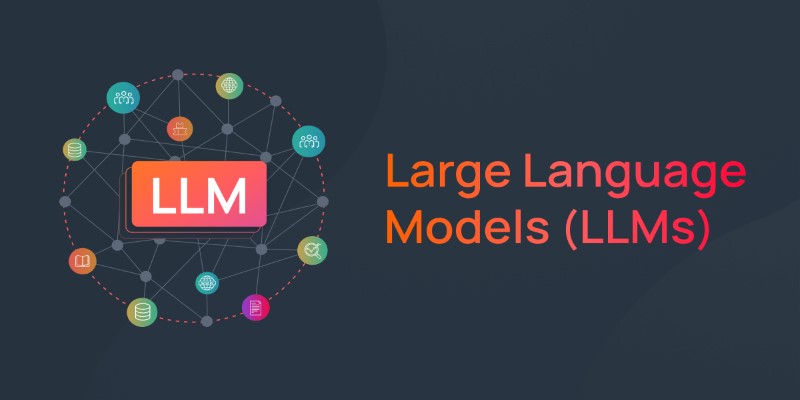Advertisement
AI voice generators have taken a noticeable leap in 2025. From content creators and educators to business professionals, many are looking for realistic, flexible voice tools that can get the job done without sounding robotic. Whether it’s for videos, training material, audiobooks, or customer support, there's now a tool tailored for just about every use case. Here’s a breakdown of the best options available this year, each bringing something different to the table.
ElevenLabs is one of the most popular names right now, mainly because of how well it mimics human emotion in speech. The voices don’t just speak — they feel real. You can adjust everything from pacing to intonation, and the voice clones are sharp enough to create personal voiceovers that actually sound like you. Whether it’s for dubbing or storytelling, this tool is often the go-to.

PlayHT stands out with its focus on ultra-realistic AI voices, especially in the long-form content category. It's best known among podcast creators and audiobook producers who need large volumes of spoken text without sounding mechanical. The ability to tweak speech tones mid-paragraph helps in keeping listeners engaged for longer durations.
This one focuses on custom voice creation. What makes Resemble different is its real-time voice cloning, which is fast and doesn't need a ton of voice samples to start with. Developers often use it for building AI voice assistants, and there is even support for multilingual voices that sound context-aware rather than just translated.
Built with readers in mind, Speechify converts text into lifelike audio and does well across devices. Many users with reading difficulties or attention challenges appreciate its clean interface and speed control options. It also lets you save the audio so you can build personal audio libraries from any written content.
Lovo has gained traction with marketers and e-learning creators who need voices that don’t sound flat. Its standout feature is the number of voice skins it offers. There’s a strong focus on characters, accents, and scenarios, which gives users more flexibility in how content is delivered to different audiences.

Murf is often chosen by people working in corporate presentations and training. It offers studio-quality voices without needing any audio background. You can sync the voiceover with slide presentations, which is a big help for people creating learning modules or investor pitches that require voiceovers without hiring talent.
Designed for gaming and virtual reality applications, Replica Studios focuses on expressive voices that can match a character’s mood or situation. Developers can integrate these voices directly into 3D environments. The emotional range is impressive, and it’s often used in cinematic storytelling.
Voicebooking mixes automation with real human voice talents. It’s ideal for companies that want fast turnaround without compromising quality. It doesn’t fully rely on AI, which gives it a slightly different edge. You get a hybrid experience — partly tech, partly human touch — which is hard to find elsewhere.
ReadSpeaker specializes in accessibility and education. It provides AI-driven voices that integrate into websites, apps, and learning platforms. This tool is a good fit for institutions aiming to meet accessibility standards while keeping the experience smooth and easy to follow.
Coqui is open-source and appeals to developers who want more control over how their AI voices are trained and used. It’s more technical than the others but offers deep customization. You can train your own models, tweak them, and use them for everything from voice assistants to voiceovers in software applications.
Descript’s Overdub is a smart choice for podcasters and video editors who need voice correction without re-recording. What makes it stand out is the ability to recreate your own voice using a few minutes of training audio. It’s especially useful when you’ve already recorded something and need to change a few words or sentences. Instead of redoing the entire recording, you just edit the text, and the synthetic voice blends the changes naturally. It’s built right into the Descript editor, which makes it fast and efficient for small content teams and solo creators working on tight schedules.
Out of all the tools listed above, ElevenLabs is often picked for its balance between natural-sounding output and customization features. For anyone interested in using an AI voice generator for video production, content narration, or even personal projects, learning how to use it properly can make a big difference in the final quality.
Once you’ve created your ElevenLabs account, begin by uploading or typing the script you want to convert to speech. The interface is simple, but it helps to pay attention to pacing and punctuation as you enter your text. If you're aiming for a certain emotion or delivery style, use brackets or text hints to guide how the AI reads your lines. You won’t need coding knowledge, but small adjustments to sentence flow can lead to a much better voice result.
After choosing the voice model (which could be one of the provided ones or a custom clone you’ve set up), you can adjust pitch, speed, and volume in fine increments. One helpful step is listening to short previews before generating the full file. This lets you catch any awkward phrasing or unnatural pauses. Once you’re satisfied, generate and download your audio file. You can then use it in your video, presentation, app, or wherever needed.
AI voice generators have moved far beyond novelty. With today’s tools, it’s easy to turn text into speech that actually sounds believable. Whether you’re building apps, explaining concepts, or simply creating something to be heard, these tools make it faster and more affordable to produce high-quality voiceovers. Each option on this list offers something a little different — the key is to choose one that matches your project needs and the kind of voice experience you’re aiming to deliver.
Advertisement

Discover effective machine learning techniques to handle missing data in time-series, improving predictions and model reliability

What data lakes are and how they work with this step-by-step guide. Understand why data lakes are used for centralized data storage, analytics, and machine learning

How AI is transforming traditional intranets into smarter, more intuitive platforms that support better employee experiences and improve workplace efficiency

Explore the concept of LeRobot Community Datasets and how this ambitious project aims to become the “ImageNet” of robotics. Discover when and how a unified robotics dataset could transform the field
Advertisement

Find the top eight DeepSeek AI prompts that can accelerate your branding, content creation, and digital marketing results.

How AI in real estate is redefining how properties are bought, sold, and managed. Discover 10 innovative companies leading the shift through smart tools and data-driven decisions

Learn how ZenML helps streamline EV efficiency prediction—from raw sensor data to production-ready models. Build clean, scalable pipelines that adapt to real-world driving conditions

Rockwell Automation introduced its AI-powered digital twins at Hannover Messe 2025, offering real-time, adaptive virtual models to improve manufacturing efficiency and reliability across industries
Advertisement

How the Philadelphia Eagles Super Bowl win was accurately predicted by AI, showcasing the growing role of data-driven analysis in sports outcomes

Speed up Stable Diffusion Turbo and SDXL Turbo inference using ONNX Runtime and Olive. Learn how to export, optimize, and deploy models for faster, more efficient image generation

The future of robots and robotics is transforming daily life through smarter machines that think, learn, and assist. From healthcare to space exploration, robotics technology is reshaping how humans work, connect, and solve real-world challenges

Explore what large language models (LLMs) are, how they learn, and why transformers and attention mechanisms make them powerful tools for language understanding and generation